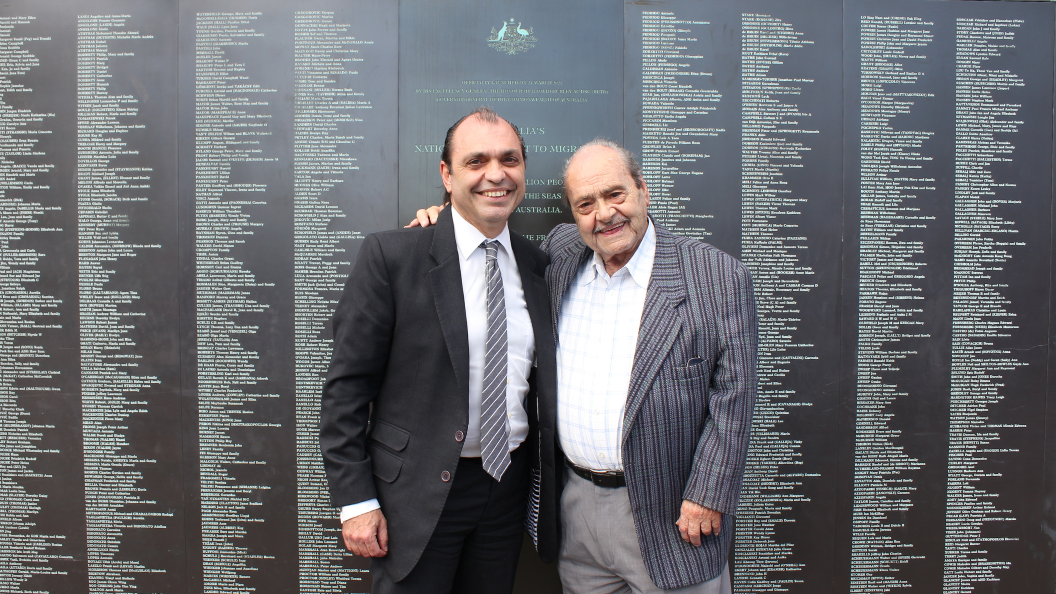In May 1922, sixty Kytherian expatriates met in an Oxford Street café in Sydney to establish the Kytherian Association of Australia (KAA). One of those expatriates was none other than the grandfather of the current President of the KAA, Emmanuel Alfieris.
This connection is not something Mr Alfieris takes lightly.
Although he spent the majority of his formative teenage years growing up in Greece, he didn’t waste any time immersing himself in the Kytherian community once he returned to Australia at 18 years of age.
“There’s a quintessential Kytherian story,” Mr Alfieris tells The Greek Herald exclusively with a smile.
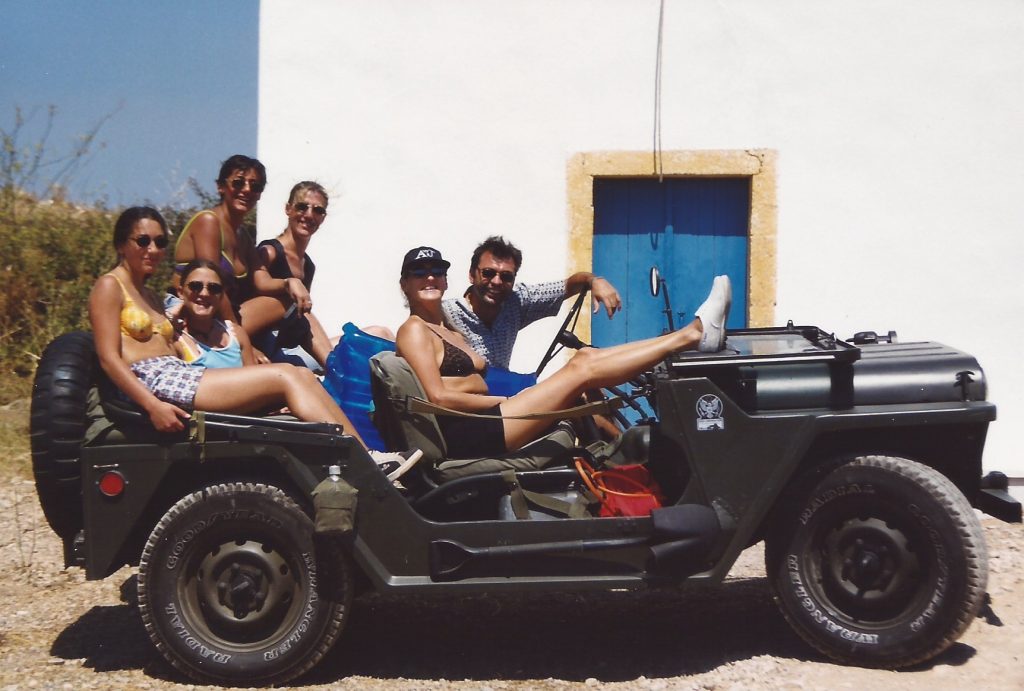
“They own a country café, they do really well, they don’t want the kids to continue in that line of work because it’s hard and they want them to be educated. So they all end up in Sydney to be educated.
READ MORE: Kytherian George Alfieris: ‘Boomeranging’ between Greece and Australia for over a century.
“So I return to Australia, go with my cousin and meet this beautiful lot of people that basically grew up in the country and are studying or starting their early careers in Sydney.
“And then you play soccer together, you become the captain of the soccer team, you run the soccer team and before you know it, you’re immersed in the whole culture and the friendships and then it’s just part of your life.”
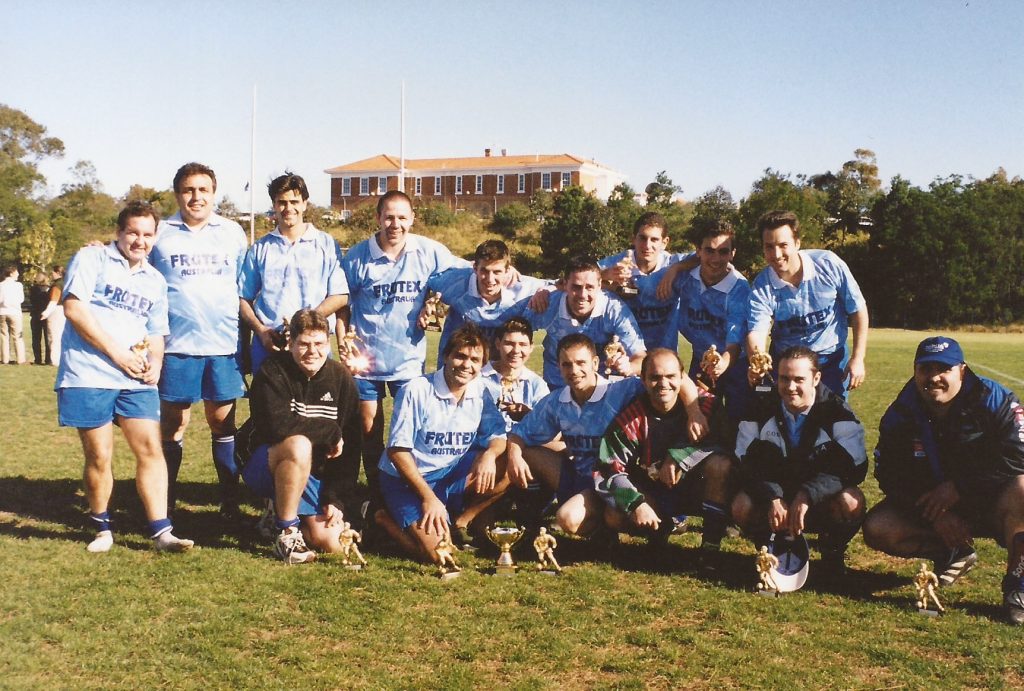
‘We’re like a virtual village here in Sydney’:
The KAA became such a huge part of Mr Alfieris’ life that in 2015, he joined the Board by invitation and later, in 2018 he was elected President of the association.
Over four years as leader, Mr Alfieris says he’s learnt a lot about himself and the Kytherian Australian community.
“We’re like a virtual village here in Sydney and I didn’t appreciate this until I became President,” Mr Alfieris explains.
“I thought ‘President’ meant you’re going to run this charity, run it like a corporate board, because that’s my professional background, and then you realise you’re like the mayor of this virtual village and everything that comes with that.”

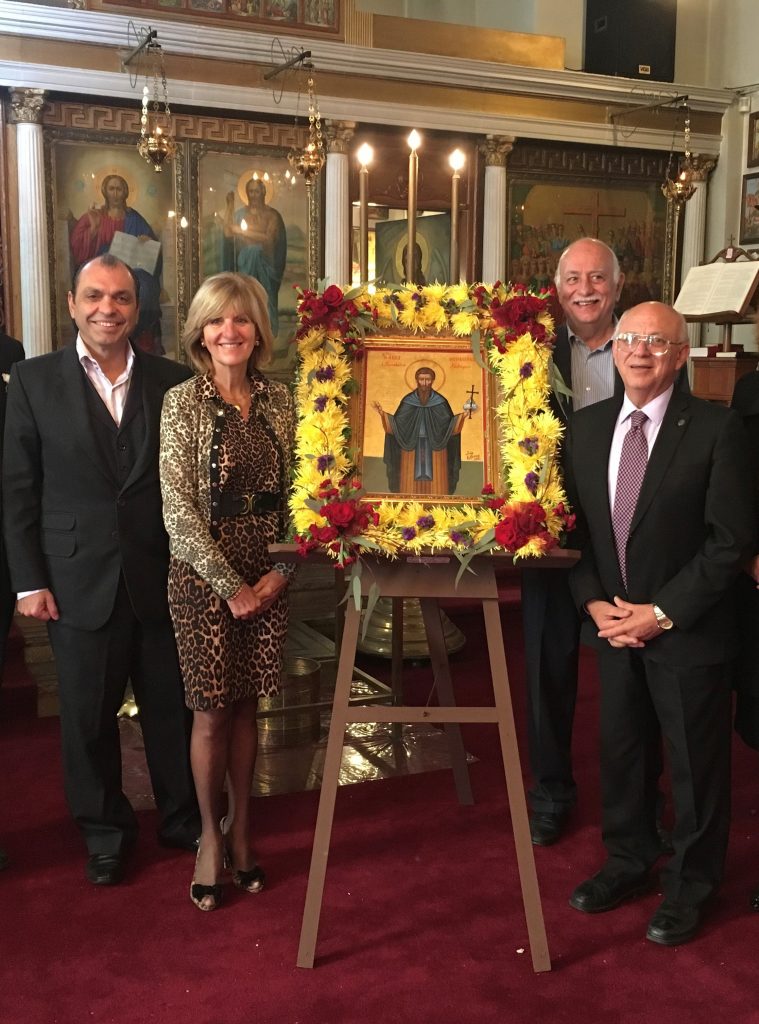
As ‘mayor,’ Mr Alfieris has been determined to meet the three agendas he set at the start of his tenure to ensure the Kytherian village remains ‘alive and well.’ These are: (1) fixing the governance of the KAA, (2) supporting the members and sub-committees, and (3) bringing the youth back to the Kytherian Youth Association (KYA).
READ MORE: ‘The future is here’: Kytherian Association of Australia holds annual Aroney Awards Night.
When we ask whether he’s been successful at accomplishing these agendas, Mr Alfieris answers honestly and says there’s still more to do.
“We do all this for our youth,” Mr Alfieris says.
“We have been very successful in bringing them into the KYA. From nothing to 100 kids… these kids know they have this obligation to the community.
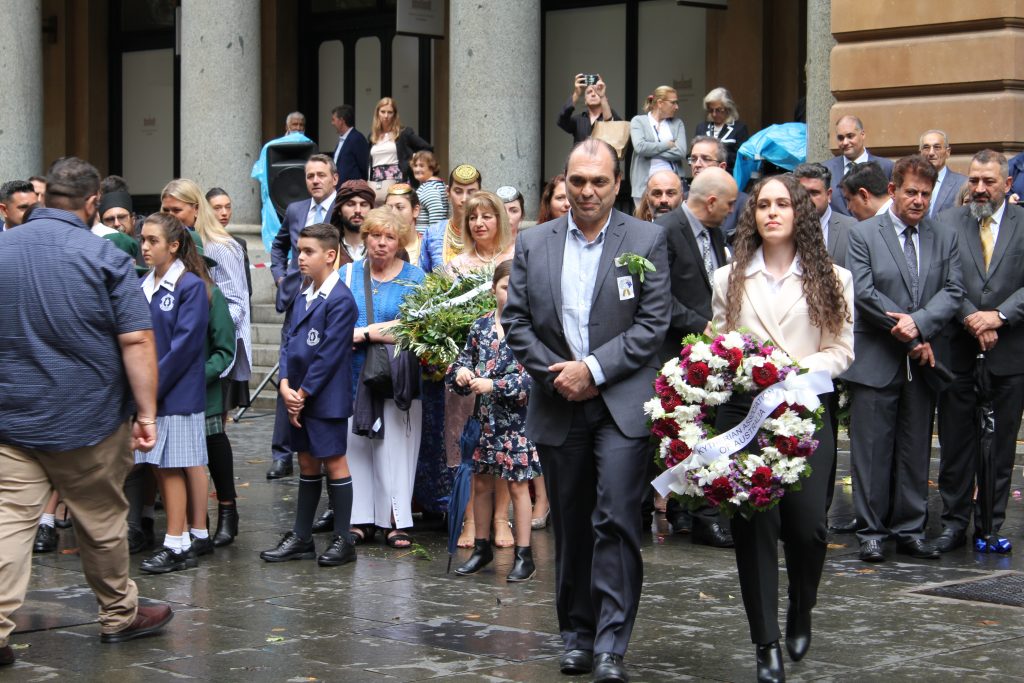
“But in the 1980s and the 90s, the youth was ridiculously popular… Are we there yet? No, we’re not but here’s the silver lining. It’s that generation that has lent in for the last 30 years and it’s why I’m involved and why some of the younger members want to get involved. So I’m pretty confident we’ll do okay.”
READ MORE: Kytherian Youth Association President Michael Preneas: ‘I look forward to our future’.
‘Respecting the Past, Embracing the Future’:
When speaking of the Kytherian youth during our interview, it’s only normal the conversation turns quickly to the future of the KAA as it celebrates its centenary anniversary this year.
Mr Alfieris says the success of the KAA is nicely summed up through the association’s motto for its centenary celebrations – ‘Respecting the Past, Embracing the Future.’
READ MORE: Kytherian Association of Australia successfully launches its centenary celebrations.
“We are not where we are today without every single one of those generations and every single one of those committees and every single one of those volunteers that would go in, do the souvlakia, clean up Kythera House, go around getting money,” he says.

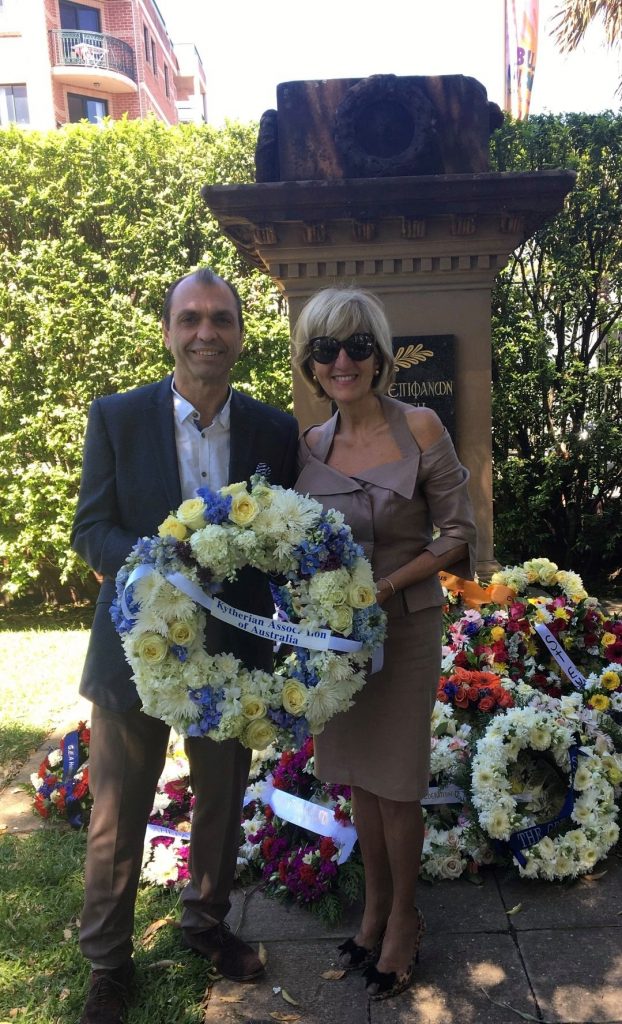
“There was a period in the 80s where we owed $100,000 and the bank was ready to move in and there was ‘The 100 Club.’ 100 people contributed $1,000 to pay the bank. Those 100 people, they’re heroes. We stand here because of what they did.
READ MORE: ‘It’s a piece of our history’: Why three proud Kytherians bid on the Centenary Medallion.
“[But] we’re also embracing our future now which is the youth. We are now at a different level than where we were 100 years ago… We’re doing cultural stuff, we’re reaching out to the rest of the community and accepting the rest of the community in.”
‘Our future is bright’:
Some of the specific cultural initiatives which Mr Alfieris is referring to include the creation of a digital Kytherian library, as well as a special panel of Kytherian migrants on the Monument to Migration at the Australian National Maritime Museum.
READ MORE: Australian National Maritime Museum unveils 1,281 new names on Monument to Migration.

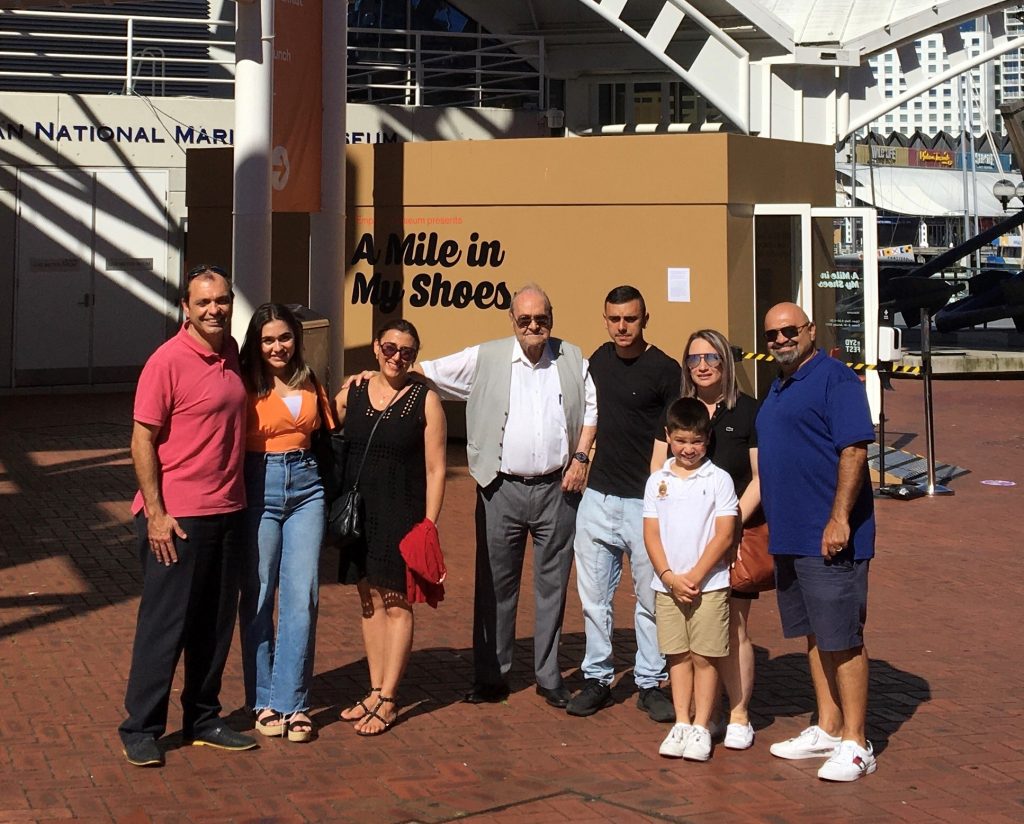
All these initiatives have been spearheaded by Mr Alfieris and his Board, but the President will soon be taking a backseat.
After four years at the helm of the KAA, Mr Alfieris has decided to step down as President at the upcoming elections. He hopes a new leader ‘with new energy, new ideas and new skills’ will lead the association through the remainder of its centenary celebrations.
“I get a buzz out of being President,” Mr Alfieris says. “However, like I said, too many organisations, too many times, the President gets caught up in those trappings and doesn’t let go.
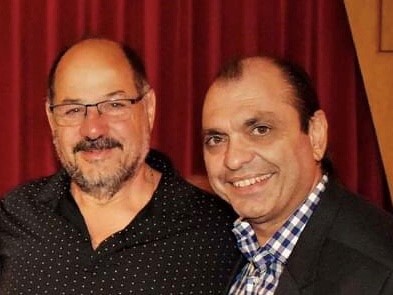
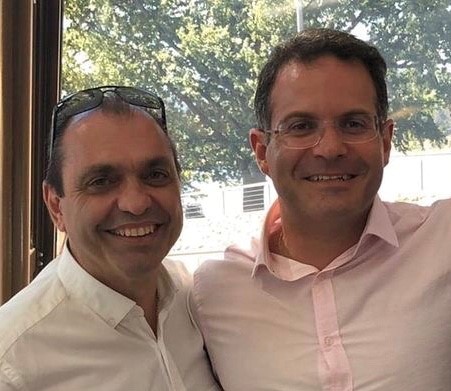
“It’s important to send a signal that you can go in, work really hard for four years and then it’s okay to step away as long as you’ve got the people behind you to step in… I think there’s more chances that you get it right in the long term.”
And for Mr Alfieris, what does ‘getting it right’ ultimately look like?
“Although we’re not ready for it yet, the KAA I think, in 20, 30 or 40 years, will be more like a Greek Australian cultural institution,” he concludes.
“We are on strong footing… From 60 people a hundred years ago to 1,300 today, that is success that is still going strong.
“So when I look at that trajectory – that we have more members now than ever before, we’re doing more than we ever did – and ask ‘what is our future?’ I say, ‘it’s bright’.”

